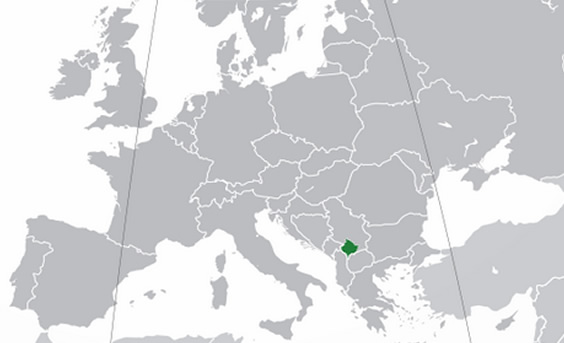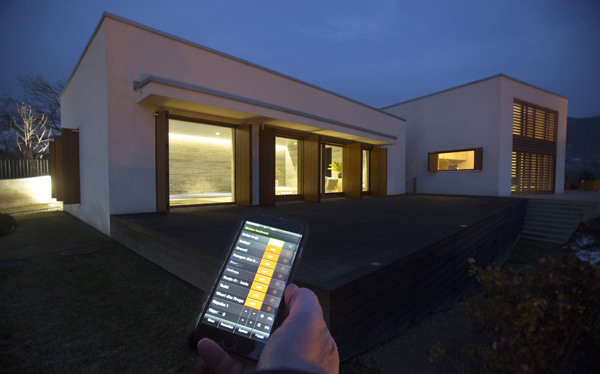 By Skender Shala, Miniproject.
By Skender Shala, Miniproject.
Several years ago, after the conflict in 1999, there was a shortage of residential buildings in the main cities of Kosovo. This caused a boom in the construction industry, which now accounts for nearly 10% of all registered companies. Around the same percentage of all employed people are also involved in the construction industry.
The main activity of these companies has been building homes, however, growth appears to be slowing due to a lack of finance and foreign investment for larger projects. Nonetheless, there is still plenty of scope for KNX.

KNX and the Kosovan Market
KNX is very well suited to the Kosovan market for one simple reason: the relatively high price of energy. KNX offers the possibility to save power and increase the energy efficiency of a building, so it is a very interesting proposition for Kosovo. There is also a market for KNX in luxury homes that the new wave of successful business people is building.

Opportunities and Challenges
Large projects involving BMS have thus far employed proprietary systems such Siemens and Schneider Electric, so there is some way to go before KNX is thought of as the natural choice.
A key area of opportunity for KNX is in the refurbishment of state-owned buildings, but in most cases, KNX is not specifically mentioned in the tender. In fact the electrical designs that are offered usually comprise drawings and BOQ (Bill of Quantities) that make no mention of building automation, or will at most state that ‘BMS should be considered’, but with no precise specification. Poor electrical designs do not help. For example, dimming is often required, but in the electrical design, the lighting fittings will not be specified as dimmable.
Under such circumstances, it is difficult to compete if the client is only looking at the immediate bottom line. If one designs a proper KNX specification, it may offer the client more than they could have hoped for, but it is unlikely to be the cheapest tender.
The projects in which KNX is experiencing greatest success is where the systems integrator is approached directly by the client. These are projects in which the client’s focus is on the expertise required to fulfil their needs and desires, rather than just the cheapest cost.
KNX Projects in Kosovo
As a KNX Partner since 2009, Miniproject has carried out a range of commercial and residential KNX installations. These include lighting control for a car showroom; lighting control for an eco-friendly school; lighting, blind control and HVAC for hotels; lighting and HVAC for a children’s play area; and home control of lighting, heating, curtains, sun shutters, water tank level, visualisation, CCTV and doorphone entry.

Promoting KNX in Kosovo
A KNX National Group is Kosovo does not exist yet, but according to the official list,
there are ten certified Partners here. It is hard to say what kind of work they are doing because we are not currently in touch and, as I mentioned earlier, KNX has yet to make its way into tender documentation and electrical design specifications.
Given that there is no organised promotion of KNX in Kosovo, we could do with some advice on how to do it. As far as training is concerned, we always have visa problems, so we tend to miss important KNX events. From my side, however, I am getting good feedback from architects and HVAC engineers with whom I work and cooperate. I have also created a KNX demo wall in my office which I use to give an overview of KNX and demonstrate its functions. KNX may be in its infancy in Kosovo, but with a little help, the potential for it to grow here is great.
Skender Shala is the Manager of Miniproject, a consulting, design and systems integration firm specialising in residential and commercial building control.












